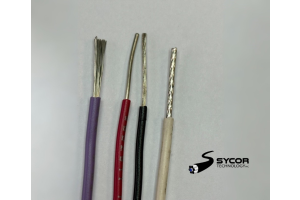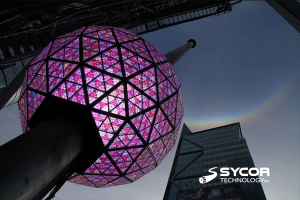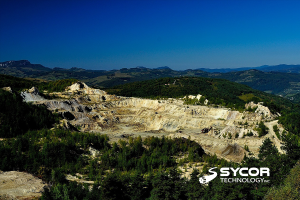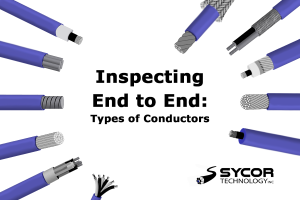Transit & Halogen Free
-
The wire and cable world has a vast number of different products and configurations for those products. One of the more unique products that is consistently overlooked is the transit cable, also known as halogen-free cable. These low-smoke products are mandatory for a number of applications where large numbers of people are in close proximity to one another. In this write-up, we'll be dissecting what true transit cable is and some of the most important factors that go into a typical transit wiring application.
-
There are many different factors to consider when designing an electrical cables construction. The type of conductor metal, the colour, size, number of conductors, and even materials used. Often when deciding on a specific wiring configuration, there's a number of different application considerations to go over. Today we'll be breaking down two popular insulating materials and why they were created. These insulating materials are known as Polyvinyl Chloride (PVC) and Low-Smoke Zero Halogen (LSZH).
-
There are a number of different certifications for wire and cable, but these certifications aren't like most industries. The approved wire and cable are unique in the regard that there are specific sets of rules that apply for each approval, like how a mil-spec certified wire cannot be certified by UL or CSA. One of the more unusual approvals that often gets overlooked and the certification that'll be broken down is ROHS, also known as Restriction of Certain Hazardous Substances.
-
Two primary methods are used to crosslink wire Chemical (CV / Continuous Vulcanization) and Irradiation. Crosslinking helps modify specific materials, making them more reliable, longer-lasting, and increasing the material's overall resistance capabilities. With different constructions and sizes available, these reliable cables have a number of benefits that make them some of the most dependable hook-up and building wiring products on the market.





